ASUS Launches Maximus VIII Extreme/Assembly for Skylake, includes 10G Ethernet Card
by Ian Cutress on November 16, 2015 10:50 AM EST- Posted in
- Motherboards
- Asus
- 10G Ethernet
- Skylake
- 10GBase-T
- Tehuti
- Aquantia
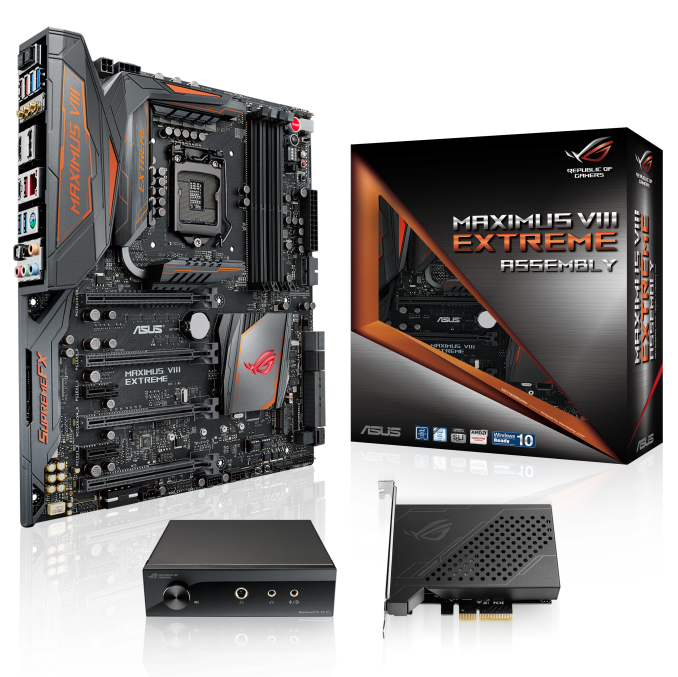
We covered the launch of ASUS’ most expensive Z170 motherboard when the announcement was made (we also have it in for review), but late last week another announcement landed on my radar – a second version of the Maximus VIII Extreme, this time using a ‘Plasma Copper’ color scheme requested by system builders but also linking in to the DirectCU graphics card line and the new color scheme for their latest Matrix GTX 980 Ti. The interesting part from this launch comes in the bundle, which includes a front panel audio DAC (connecting into a USB header) but also a 10G Ethernet card.
10G Ethernet, or at least 10GBase-T, the standard which uses the common RJ-45 Ethernet cables that run through most enthusiast homes, workplaces and hotels, has struggled to get into mainstream computing for various reasons. We saw the ASRock X99 WS-E/10G motherboard be introduced late last year with an onboard Intel X540-T2 controller, but the motherboard was expensive as a result and it was only even an integrated part on the high-end desktop. For everyone else, using a PCIe card with 10GBase-T connectors was the only way to do so, but these were again quite expensive (I spent $760 on two a few months back) and ran warm. Most of these cards are OEM only, although the generic retailers can sometimes stock them.
The 10G card ASUS is bundling with the new variant of the Maximus VIII Extreme is one based on Aquantia and Tehuti Networks. Don’t worry, I hadn’t heard of them before either – Ganesh did though with one of them. The card is a PCIe 2.0 x4 card that will be verified in all the PCIe x4 and up slots on the motherboard (including from the chipset, so it won’t take up graphics lanes), but is also capable of 2.5G and 5G speeds should routers for those ever become available. The package also supports standard gigabit Ethernet, with the card being a larger version of Tahuti Network’s own that we found here, and with ROG branding.
There is an argument that 10GBase-T isn’t really a home networking type of arrangement – the switches still cost a minimum of $750 for Netgear’s XS708E. There’s also no point having one system with 10G if no others on your network do either. The counter position is that this motherboard package is north of $500 anyway, so it will only be purchased by enthusiasts or prosumers (or even small/medium businesses that already own a 10G capable Xeon-D NAS or backbone, although they might only just want the card). We are told that there are no plans to sell the card individually either at this point, with the bundle coming to the US at least sometime in the next few weeks.
Networking aside, the Maximus VIII Extreme is still the same board with U.2 capability, 3T3R 802.11ac wireless, USB 3.1 via both the Intel Alpine Ridge controller as well as ASMedia USB 3.1 controllers, enhanced audio via the SupremeFX brand and overclocking functionality. The SupremeFX Hi-Fi bundled front panel is the additional USB style DAC front panel box, featuring a headphone amp based on an ESS ES9018K2M DAC, dual TI op-amps and an output of over 6V RMS to high impedance headphones.
We have a review inbound for the Maximus VIII Extreme (it’s pretty much tested, need to finish up then write), but it would be interesting to see how the 10G card performs compared to other solutions. No pricing as of yet until the US specific press release hits.
Source: ASUS


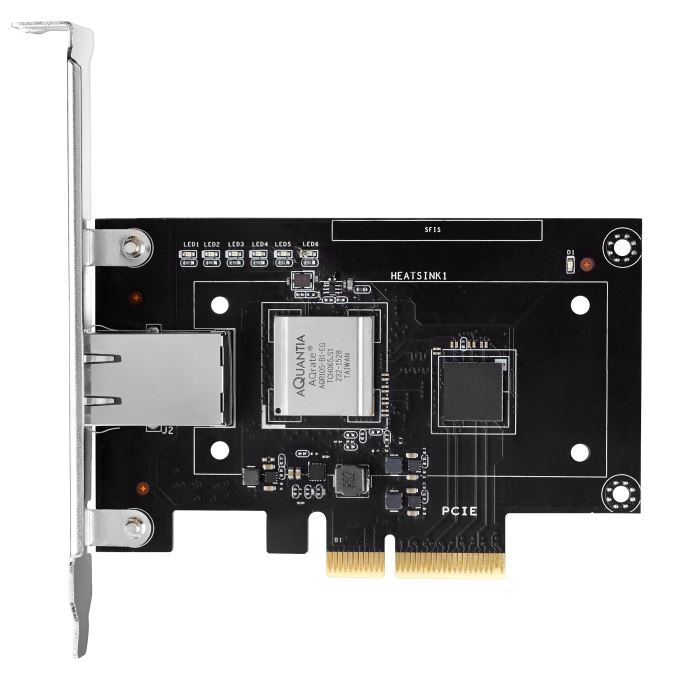
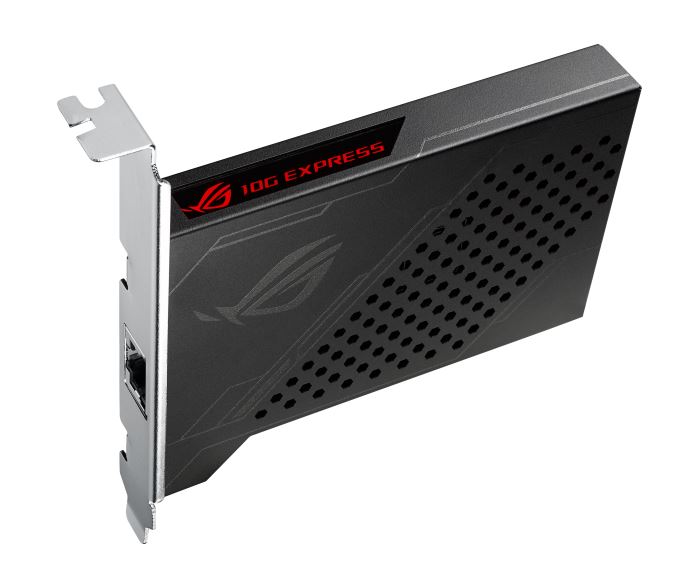
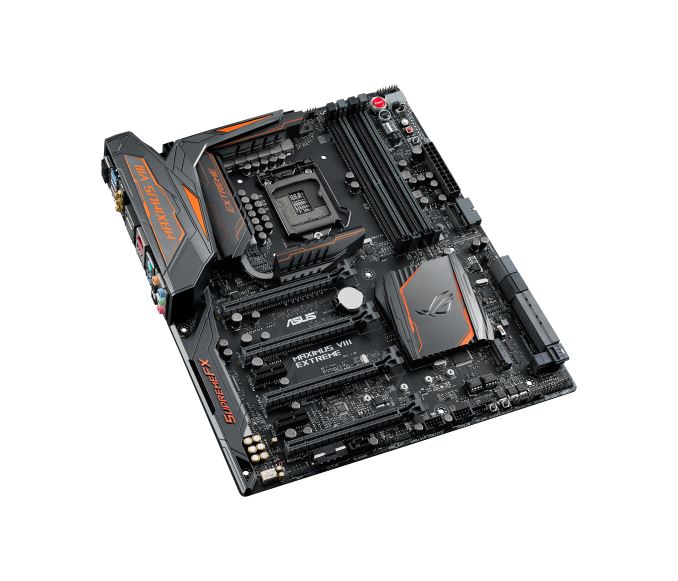
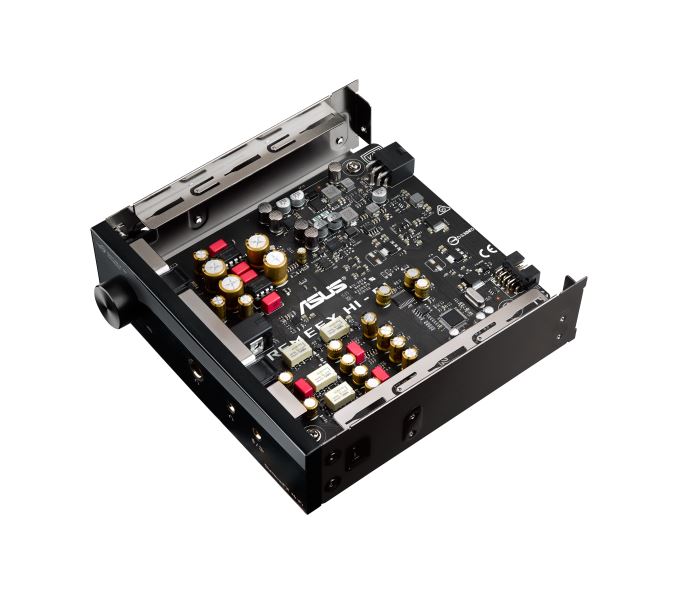
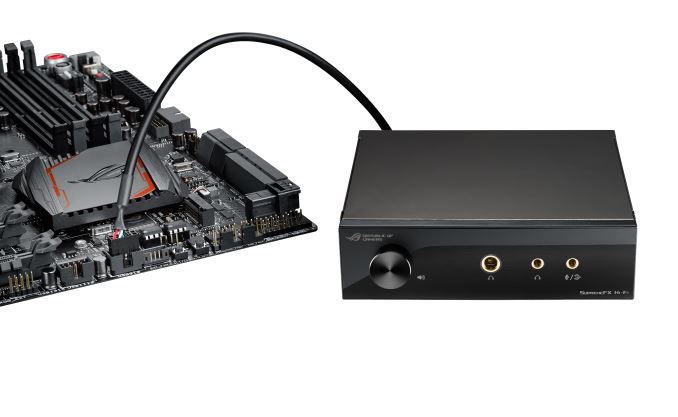














21 Comments
View All Comments
Chaitanya - Monday, November 16, 2015 - link
Interested to see how the NIC performance compares to other 10G solutions on market.Stan11003 - Monday, November 16, 2015 - link
My view is it's Intel of GTFO. These niche cards tend to have bad driver support and reliability. I'd rather have a good 1Gb card versus a crappy 10Gb one.nathanddrews - Monday, November 16, 2015 - link
Rad, I could actually take advantage of that... now I just need $400/mo.http://fiber.usinternet.com/plans-and-prices/plans...
iamkyle - Monday, November 16, 2015 - link
So common with these motherboards - more bells and whistles. All this add-in nonsense they keey packaging in justification of charging higher and higher prices is just nonsense!Put this money in something tangible that I will actually use...give me an extra phase, put more engineering and thought into more stable power delivery at higher voltages and frequencies, give me more stable clock generators, give me a thicker PCB!
reininop - Monday, November 16, 2015 - link
Sadly, I end up buying higher end boards (not this high end) exactly for all the reasons you state. Unfortunately, you aren't going to get any of those things without the added accessories on motherboards at this level.Morawka - Tuesday, November 17, 2015 - link
wish asus would come back down to earth and price the normal Extreme at $399.... and that's still a lot of money.All extreme's before this one were $379 thru $399 and they even had expensive PLX Chips..
Now the Extreme is firmly priced out of many enthusiast budgets.. at $400 people would splurge for the best, but this is rich boy territory for a Mainstream platform. And today's Extreme's have no PLX chip, but added thunderbolt, a much cheaper chip, but since it's "Thunderbolt" they gotta tax the crap out of it.
I guess i'll be buying the Formula boards from now on. I'll just keep my old OC Panel since that hasn't changed for over 4 years.
Mikemk - Tuesday, November 17, 2015 - link
Whatever that front panel thing is, very short wireDanNeely - Tuesday, November 17, 2015 - link
It's an audio panel. It has a volume knob and headphone/mic jacks. I guess it'd give you more cable slack for a headset while gaming; and if the knob controls the headphone volume independently of the speaker volume that could be convenient I guess. (Although I'd probably just adjust the speaker volume so they sounded as loud as my headphones; and then just use the OS master for everything afterwards.As for the wire length; these are press shots. A long wire would probably be photoshopped down in length to look better; just as they often remove all the wires even from hardwired items.
DanNeely - Tuesday, November 17, 2015 - link
It also has enough power to drive even high end audiophile type headphones; although the people who buy those probably run digital to a headphone amp that costs more than this mobo, so I'm not sure what the point is.KateH - Wednesday, November 18, 2015 - link
Wow, 10GigE in a consumer board. Certainly overkill for gamers, but I could perhaps see people involved in Content Creation (specifically video) wanting this.10GigE could actually benefit me as my RAID array can saturate 1GigE several times over when copying large files between the array and an SSD (something I do often). My plan is to move the array into a storage server that's connected to my non-primary production machines via a GigE switch, and get 10GigE cards for the storage server and my main production system (connected with a crossover cable to avoid the expense of a 10G switch) for a dedicated link between those two machines that can keep up with the 400MB/s+ transfer rates the array can attain.